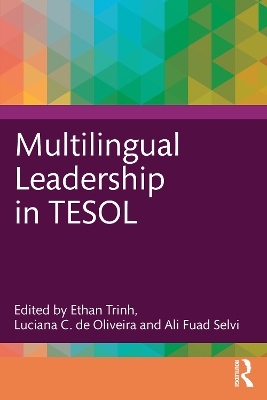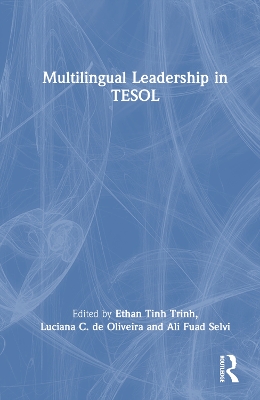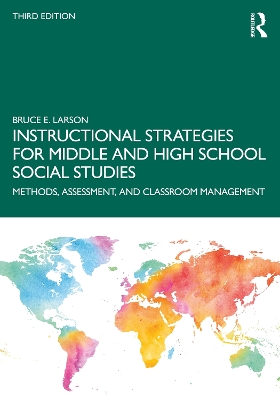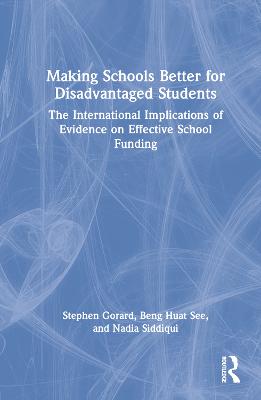Making Schools Better for Disadvantaged Students
 portes grátis
portes grátis
Making Schools Better for Disadvantaged Students
The International Implications of Evidence on Effective School Funding
Siddiqui, Nadia; Gorard, Stephen; See, Beng Huat
Taylor & Francis Ltd
11/2022
222
Mole
Inglês
9781032262499
15 a 20 dias
439
List of contents
List of tables
List of figures
Glossary of acronyms and key terms used in the book
INTRODUCTION
Chapter 1 - Global interest in narrowing the attainment gap
Chapter 2 - Why do we care about educational gaps?
KEY FINDINGS ON SCHOOL ATTENDANCE
Chapter 3 - Review of evidence on targeted funding to improve attendance and participation
Chapter 4 - Improving school attendance in other ways
Chapter 5 - The importance of attendance at school in India and Pakistan
KEY FINDINGS ON SCHOOL ATTAINMENT
Chapter 6 - Using targeted funding to improve attainment
Chapter 7 - Studies of improving attainment in other ways
ISSUES IN EVALUATING PUPIL PREMIUM POLICY
Chapter 8 - The Pupil Premium funding policy in England
Chapter 9 - Problems in assessing the impact of Pupil Premium policy
Chapter 10 - Evaluating Pupil Premium Policy through consideration of long-term disadvantage
KEY FINDINGS FOR PUPIL PREMIUM POLICY
Chapter 11 - Changes in socio-economic segregation between schools
Chapter 12 - Changes in the attainment gap
Chapter 13 - The character and geography of long-term disadvantage
Chapter 14 - Combining the results on Pupil Premium funding
CONCLUSION
Chapter 15 - What have we learnt and what are the next tasks?
References
Index
List of contents
List of tables
List of figures
Glossary of acronyms and key terms used in the book
INTRODUCTION
Chapter 1 - Global interest in narrowing the attainment gap
Chapter 2 - Why do we care about educational gaps?
KEY FINDINGS ON SCHOOL ATTENDANCE
Chapter 3 - Review of evidence on targeted funding to improve attendance and participation
Chapter 4 - Improving school attendance in other ways
Chapter 5 - The importance of attendance at school in India and Pakistan
KEY FINDINGS ON SCHOOL ATTAINMENT
Chapter 6 - Using targeted funding to improve attainment
Chapter 7 - Studies of improving attainment in other ways
ISSUES IN EVALUATING PUPIL PREMIUM POLICY
Chapter 8 - The Pupil Premium funding policy in England
Chapter 9 - Problems in assessing the impact of Pupil Premium policy
Chapter 10 - Evaluating Pupil Premium Policy through consideration of long-term disadvantage
KEY FINDINGS FOR PUPIL PREMIUM POLICY
Chapter 11 - Changes in socio-economic segregation between schools
Chapter 12 - Changes in the attainment gap
Chapter 13 - The character and geography of long-term disadvantage
Chapter 14 - Combining the results on Pupil Premium funding
CONCLUSION
Chapter 15 - What have we learnt and what are the next tasks?
References
Index







